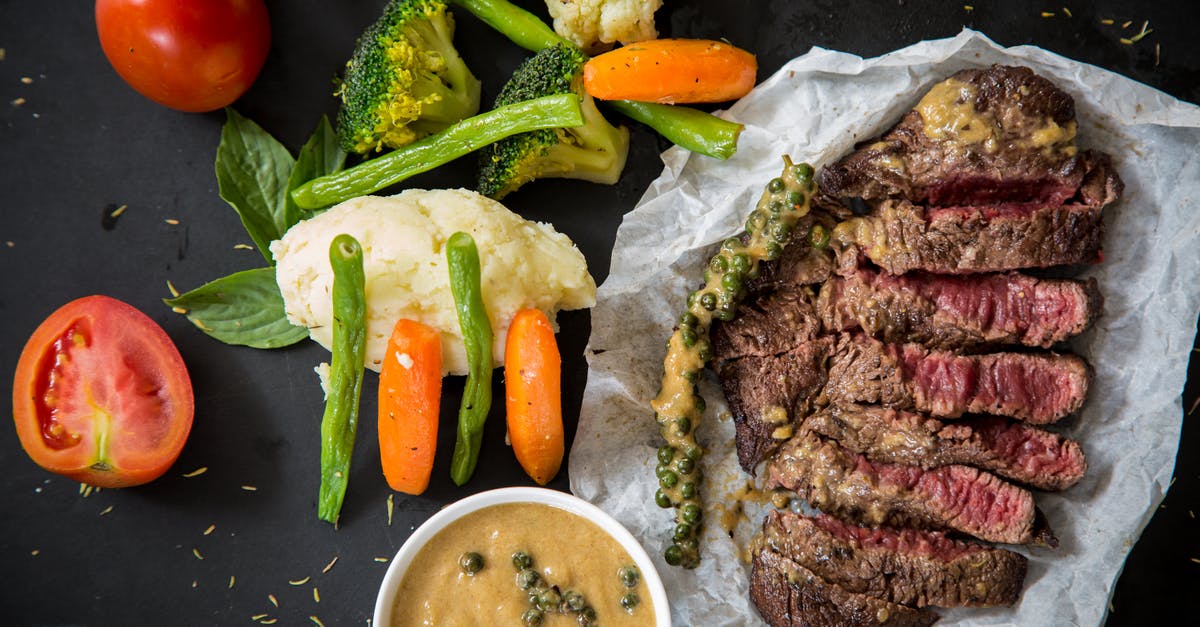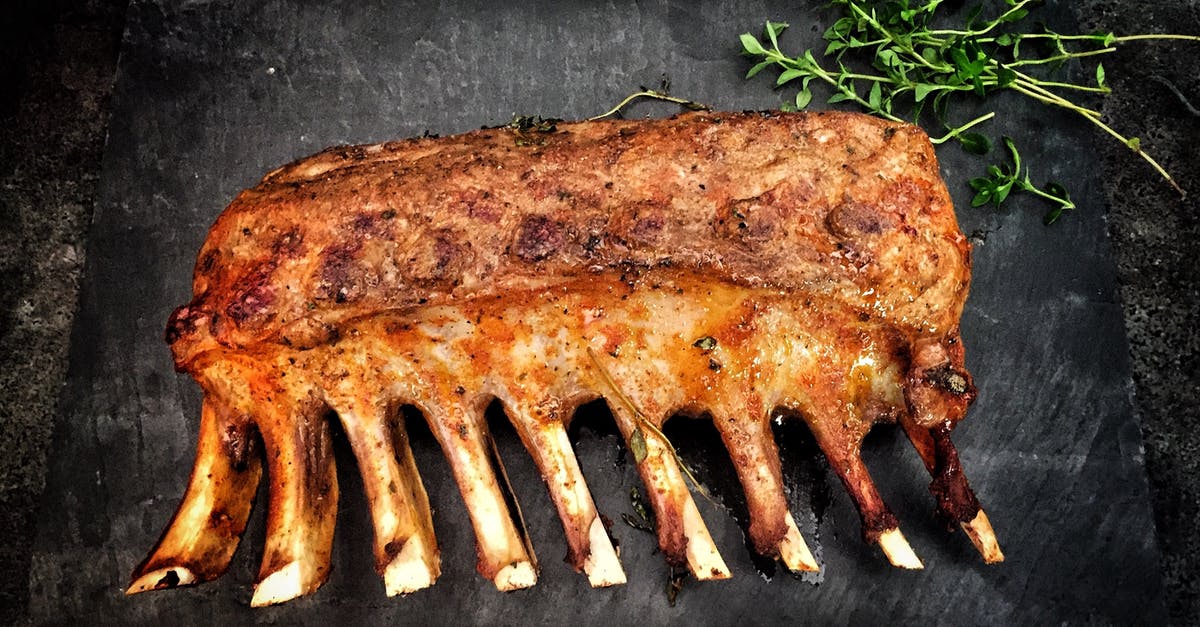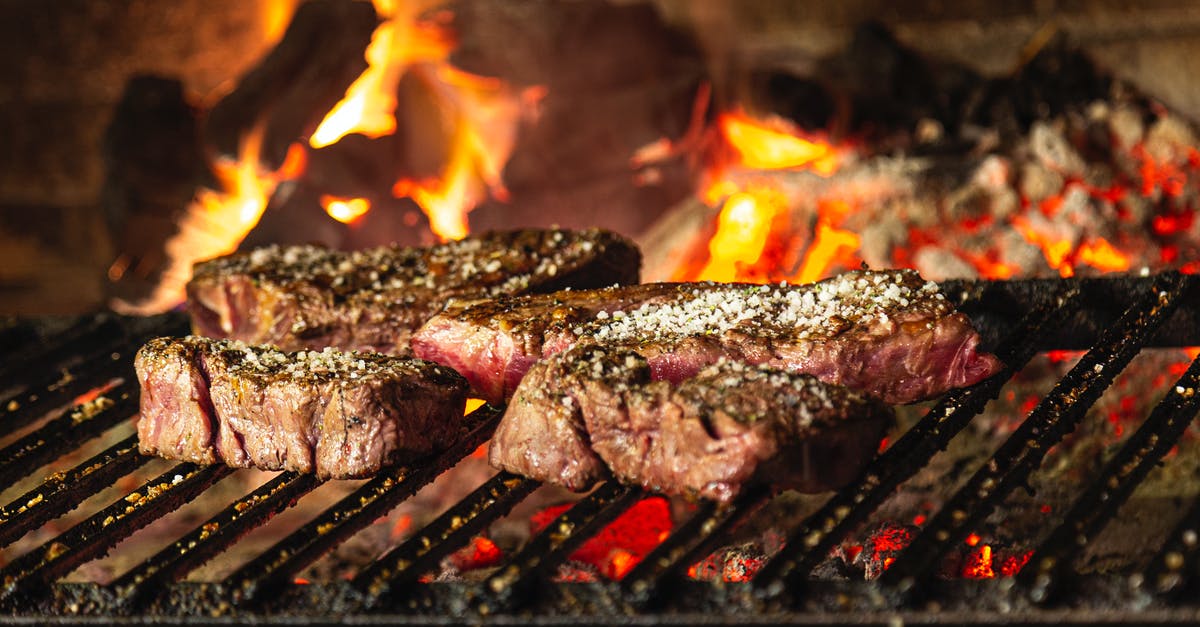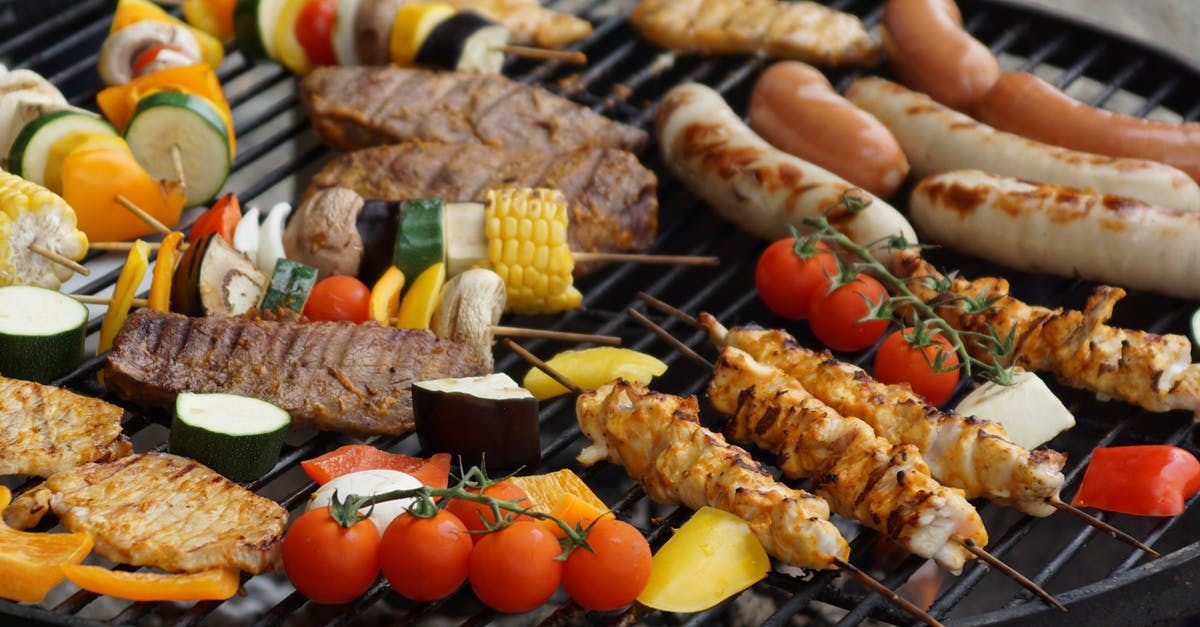Is wagyu beef suitable for amateur cooking

I love steak and I've recently had wagyu beef at a local restaurant and it was delicious and unlike any other steak I've tasted.
I noticed that a local supplier sells wagyu beef and it's close to $100 / kg and whilst it isn't something I'd have every night, I'd be interested in trying it out myself.
Having said that, being such an expensive cut of meat, I don't want to just dive in head first and ruin it so I was wondering if I there are any special techniques that need to be applied when cooking wagyu beef to "maximize" it's flavour, or at least to avoid ruining it?
Is it something an amateur could attempt or should it be left to the pros?
Best Answer
When you are dealing with very high end ingredients, it is more important than ever to let the product speak for itself.
At the restaurant, we rarely use Wagyu, but when we do it is fantastically simple: salt, fresh cracked black pepper. Sear and mark it on the grill, and finish in the oven. A little melted butter on it when it comes out, and that's all.
Do be aware that when you are cooking Wagyu (or, if you're very lucky, Kobe), you actually want to take it to at least medium rare, or even a little bit beyond. I know, that's heresy, and it's coming from a person who likes his steak cooked only to the point where a competent veterinarian could actually resuscitate it at the table. The reason is that when meat is as highly marbled as Wagyu (that is to say, when it has such a high distribution of intramuscular fats), you actually need to cook it further than a lean cut in order to melt the fat and extract all the flavour.
Beyond that, I would agree with Treblekicker. Practice on less-expensive steaks first. Learn how to really maximize the essential beefy flavour of a not-great steak; those lessons will make sure that as you move upwards in quality, you will be getting the most bang for your buck.
So for cooking steaks, a few guidelines:
- Medium is overdone. Seriously. Learn to love your steak red, there is a LOT more flavour
- Learn how to check for doneness by touch; cutting into the meat will release juices = losing flavour. To do this, hold up your left hand, palm facing you. Feel the pad at the base of your thumb. That is blue rare. Touch your forefinger to the tip of your thumb. That is rare. Do this sequentially with the rest of your fingers; that will be med-rare, medium, and well done in order. Well, that's North American colours; the French go slightly less for each level of doneness.
- There is conflicting advice on seasoning (salt and pepper) your steak. Thomas Keller maintains that meat should be seasoned 20 minutes before cooking and left to rest. Harold McGee (I think it was him) says that steaks should only be seasoned after they are flipped. I prefer seasoning before grilling, as the salt helps draw out some moisture which therefore assists in the Maillard reaction (browning and accompanying flavour development).
- Always let your steaks rest a few minutes after cooking. This redistributes juices throughout the meat. In practice, this means taking steaks off the grill or out of the pan a bit before they are done, as carryover cooking (residual heat) will continue to cook the meat.
- Only flip steak once. Try to keep an even cooking time on each side so that the inside cooks evenly. There is a caveat to this however! If you are cooking in a pan, frequent flipping (every 30 seconds or so) will create a much more evenly done steak, and bastes the meat in its own juices. This will come at the expense of slightly less browning, but will be significantly more tender. This is also the best technique for cooking hamburgers in a pan or on a flat-top grill.
- Never squish your steak with your tongs. This presses juices out of the meat.
That's all I can think of for now.
Pictures about "Is wagyu beef suitable for amateur cooking"



Is Wagyu easy to cook?
General Tips. Cooking Wagyu beef is similar to cooking other types of beef, and due to its high amounts of marbling, Wagyu provides juicy flavors every time (and is very forgiving).Can Wagyu beef be well-done?
The marbling in Grass-fed wagyu makes it very forgiving. It is at its juiciest and most tender when the fat is melted throughout the meat, so we recommend cooking it medium rare to medium.How should Wagyu be cooked?
WHAT DOES WAGYU BEEF TASTE LIKE? You'll find that it has a buttery, yet firm texture and lustrous, red colour It's a very juicy style of beef with some serious umami flavour. Although it has a strong beefy taste, it's more \u201csweet\u201d than \u201cgreasy.\u201dMore answers regarding is wagyu beef suitable for amateur cooking
Answer 2
I'd say basically, make sure you get cooking steak down and then try it. Try to cook similar size and styles of beef cuts and once you're happy with it and can consistently get it to a standard where you're happy with it, move on to the Wagyu. There's more to cooking a steak well that you'd think.
With an expensive ingredient like this, it's best not to try too many hacks or flavour enhancements so you can experience it in full. That's the best way to maximise the flavour - minimise other flavours.
Answer 3
Key to cooking Wagyu and preserving its flavor and tenderness is to cook in a skillet or ribbed pan to medium rare or just above. Cooking on the grill will dry it out, as the marbling creates flare-up, which will overcook the steak. Not a bad idea to sear it on the grill and get a little char on it, but no more than a minute on each side.
Answer 4
Just buy it and enjoy it, really. If you're willing to shell out $50 for a pair of steaks, why the heck not. Worst case scenario may be that you don't prepare it as well as a "pro" would, and you don't get the same sensation you had at the restaurant - even then, it'll still be pretty good unless you completely mess up.
Sidenote: I'd get a pretty good bottle of wine for the occasion as well ;)
Sources: Stack Exchange - This article follows the attribution requirements of Stack Exchange and is licensed under CC BY-SA 3.0.
Images: Malidate Van, pascal claivaz, Gonzalo Guzman, Pixabay
